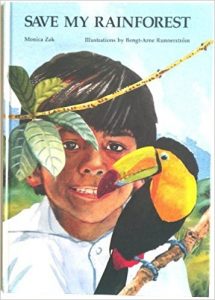 Eight-year-old Omar Castillo fulfills his dream of visiting the endangered rainforest of southern Mexico and wins an audience with the president of Mexico to express his concern.
Eight-year-old Omar Castillo fulfills his dream of visiting the endangered rainforest of southern Mexico and wins an audience with the president of Mexico to express his concern.
Nonfiction
Nonfiction genre
Desert Trek: An Eye-Opening Journey Through The World’s Driest Places
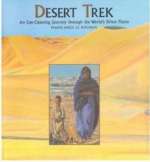
Take an exotic journey from the American Mojave to the vast Sahara to the high-mountain Gobi and experience the hidden treasures that deserts hold. The people that live there, the plants and animals that thrive, and the riches that lie beneath the ground all contribute to the unique ecosystem that set deserts apart from the rest of the world-seemingly mysterious environments that play a role in the life-cycle of every continent.
Separate Is Never Equal
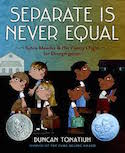
“Years before the landmark U.S. Supreme Court ruling Brown v. Board of Education, Sylvia Mendez, an eight-year-old girl of Mexican and Puerto Rican heritage, played an instrumental role in Mendez v. Westminster, the landmark desegregation case of 1946 in California”–
Béisbol!
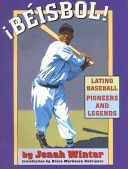
Presents profiles of fourteen Latino baseball players who, from 1900 through the 1960s, were pioneers of the sport in their home countries and the United States.
Say Hola to Spanish, Otra Vez
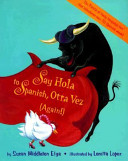
Presents a humorous introduction to Spanish words through illustrations and rhyming text.
The Pilot and the Little Prince
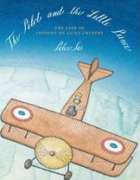
This story is the life of Antoine de Saint-Exupéry, author of Little Prince. He was born in France in 1900, when airplanes were just being invented. Antoine dreamed of flying and grew up to be a pilot—and that was when his adventures began. He found a job delivering mail by plane, which had never been done before. He and his fellow pilots traveled to faraway places and discovered new ways of getting from one place to the next. Antoine flew over mountains and deserts. He battled winds and storms. He tried to break aviation records, and sometimes he even crashed. From his plane, Antoine looked down on the earth and was inspired to write about his life and his pilot-hero friends in memoirs and in fiction. Peter Sís’s remarkable biography celebrates the author of The Little Prince, one of the most beloved books in the world.
P Is For Pakistan (World Alphabets)
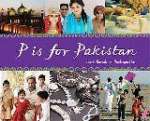
In this photographic alphabet, the author introduces young readers to some of the customs, religions and cultures – both ancient and modern – that make up this fast-developing country. Focusing on both city and country life, this is a celebration of Pakistan in all its aspects, from dhobi to jasmine, from hijab to water buffalo.
I Is For Iran
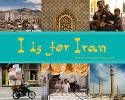
From Bazaar to Naan, from Chelo-kabab to Rugs, this book celebrates everything we love best about Iran. In this land of ancient legends, art and poetry, we like our streets shady, our tea black and our bread hot from oven, but most of all we like to be with our relatives and friends.
The Amazing Travels of Ibn Battuta
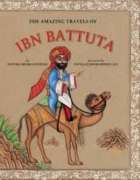
In 1325, when Ibn Battuta was just 21, he bid farewell to his parents in Tangier, Morocco, and embarked on a pilgrimage to Mecca. It was 30 years before he returned home, having seen much of the world. In this book he recalls his amazing journey and the fascinating people, cultures, and places he encountered. He traveled extensively, throughout Islamic lands and beyond — from the Middle East to Africa to Europe to Asia. Ibn Battuta kept a diary of his travels, and even though he lost it many times and had to recall and rewrite what he had seen, he kept a remarkable record of his years away. His meticulous observations, retold here by Fatima Sharafeddine and beautifully illustrated by Intelaq Mohammed Ali, give us a remarkable picture of what it was like to be a traveler nearly 700 years ago.
Why Do We Fight? :
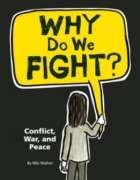
Battles, protests, standoffs, strikes. We hear about them all the time. On the surface, a battle and a protest don’t seem to have much in common, but they’re really just two ways of handling a dispute. One uses violence, the other uses signs and picket lines. But both start as a disagreement between two groups of people. Both are conflicts. Since it’s impossible for people to agree on everything all the time, conflicts naturally pop up every day, all over the world. Sometimes they turn into full-blown wars, which can be a lot trickier to understand than the conflicts that pop up in everyday life, but every conflict has some things in common. Using real world examples, Why Do We Fight? teaches kids to recognize the structures, factors, and complex histories that go into creating conflicts, whether personal or global as well as the similarities between both. They’ll be given tools to seek out information, enabling them to make informed opinions while learning to respect that others may form different ones.
